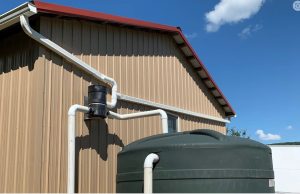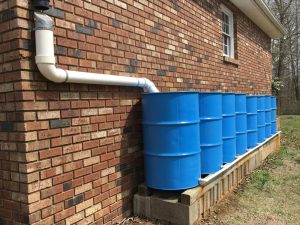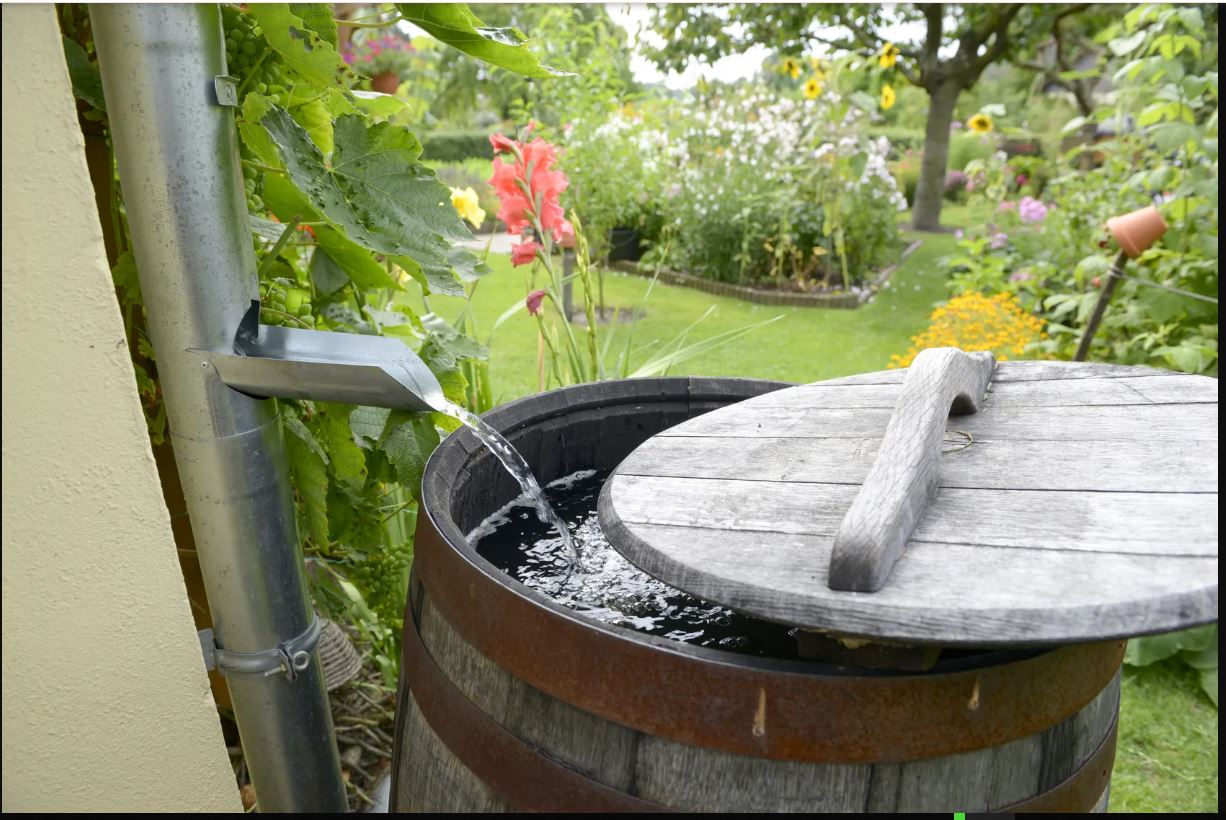Water is one of the most important resources in the farm. Too much water or the lack of it affects the growth rate and productivity of plants. Plant nutrients uptake is greatly affected by the amount of water in the soil. Livestock on the other hand require sufficient and clean water for optimal productivity. Our families also need water for to live.
In Kenya, farmers spend thousands of shillings on water bills. The ever-changing climatic patterns have greatly affected farming activities not only here in Kenya but across the globe. Floods and sporadic droughts have made farming extremely difficult among many farmers. Excessive floods have left trails of losses for many farmers. On the other hand, droughts have seen many farmers scale down their farming activities or abandon farming altogether. Considering the current unpredictable climatic patterns, there is need for a farmer to put measures that will ensure sustainable farming through sustainable water management practices.
SUSTAINABLE WATER MANAGEMENT
Harvesting Rainwater
Rainwater harvesting is a process of conserving water by collecting and storing rainwater from rooftops or surface runoffs. Rainwater is a free and priceless gift of nature. Harvested rainwater can be used at home as well as at the farm. There are many ways of collecting rainwater. This ranges from use of simple water barrels to the use of advanced technology that can encompass use of pumps, tanks and purifying systems.
As water becomes scarcer, there is a need to ensure minimal wastage of this important resource and more importantly come up with more stainable water management practices. Whereas people have been harvesting rainwater for decades, a lot of rainwater still goes to waste. 
Typical rooftop rainwater collection system
Water barrels
This is one of the most used methods of rainwater harvesting due to its simplicity and low costs. Gutters are used to collect water which is then conveyed with pipes to water barrels. This method is best for collecting rooftop water. Water barrels can either be recycled plastic containers or conventional water tanks. Filters can be installed to trap impurities and insects. Filtering system can range from off-the-shelf solutions to homemade filtering systems. Due to the low level of contamination of the rainwater, simple filtration works in most cases. Sand gravel and charcoal filters are some the mostly used DIY filtration systems.

DIY Water barrels
Surface runoff harvesting
This method is becoming common due to the unpredictability of rain patterns. The method involves construction of dams, ponds or underground tanks that can hold and store water for a relatively longer period. This method helps in collection storm water thus helping reduce flooding and soil erosion.
Uses of rainwater
Rainwater can be used in the house as well as at the farm. Depending on the deployed method of harvesting the water, there are a several areas where we can use this water and thus greatly reducing our water bills. The usage of the harvested water will however depend on the quality and the quantity of the water. Treating and purifying water can be done depending on the intended usage. Rainwater can be used for:
-
- Drinking and cooking
-
- Water for livestock
-
- Irrigating crops
-
- Watering lawns and landscaping
-
- Flushing toilets
-
- Bathing and laundry
-
- Washing cars and farm tools & equipment
-
- Fire protection systems
-
- Water for ponds and swimming pools
Why Rainwater?
The benefits of the rainwater harvesting system are listed below.
-
- Rainwater is relatively clean
-
- Simplicity – easy to install and use
-
- Low installation and maintenance cost
-
- Rainwater has several uses if well harvested and stored.
-
- Harvesting rainwater helps reduce flooding.
-
- Rainwater harvesting reduces run offs hence reducing soil erosion.
-
- Environment friendly – ensures sustainable water usage and management.
Which method works for me?
Rainwater harvesting method that is appropriate for you will be determined by several factors.
-
- Budget – how much money is available will determine the size and complexity of the rainwater harvesting method.
-
- Topography – the general orientation and inclination of the land will make one type of water harvesting better than the other.
-
- Skills – installation and maintenance of the water harvesting method can be determined by the skills available. This is key especially when budget is a key constraint.
-
- Rainfall patterns – some areas enjoy frequent and reliable rainfall and as such people in these areas can opt for simple water barrels that can hold water during the low rainfall periods. People in dry areas, however, prefer constructing large water reservoirs that can hold large amounts of water during the prolonged dry season is the best option when it comes to rainwater harvesting.
-
- Legal Regulations – construction of dams for instance might require approval by the local government authorities.
-
- Intended use – what is the water meant for? Different harvesting methods can affect the quality and quantity of the harvested water. Choose the method will meet the goal of harvesting the rainwater.
Simple rainwater harvesting method
GREY WATER RECYCLING
Grey water refers to the water from kitchen, bathroom, laundry etc. This excludes water from the toilets which is referred as black water. Grey water is easier to treat and reuse. Recycling of grey water is one the ways of reducing cost of water in our farms.
Greywater Recycling Systems
Wetlands
Wetlands are constructed to provide a natural process of removing impurities and chemicals from grey water. Wetlands come in different shapes and sizes depending on the amount of water being treated and the intended use. Wetlands involves the use of plants that naturally clean water by absorbing nutrients/chemicals that could be contained in the water. Other than plants, filters can be included in the system to remove impurities. Water treated using this method can be used to irrigate lawns, clean cars etc. Extra treatment and testing for presence of harmful chemicals should be done for water that is intended for irrigating crops or for direct use by livestock.
Commercial treatment systems
There are dozens of solutions for grey water treatment. Some of these treatment systems are known to purify the grey water to the extent that this water can be reused in the farm both for human consumption and farming.
Conclusion
Sustainable water management is necessary for sustainable farming. Nature provides us with water through rain, and as such, we can reduce our water bills by harvesting this water and store it for future use. There is also needed to recycle wastewater that we generate in our homes. Grey water contributes to more than 50% of household water usage. Recycling this water is therefore a big win in sustainable water management efforts.

